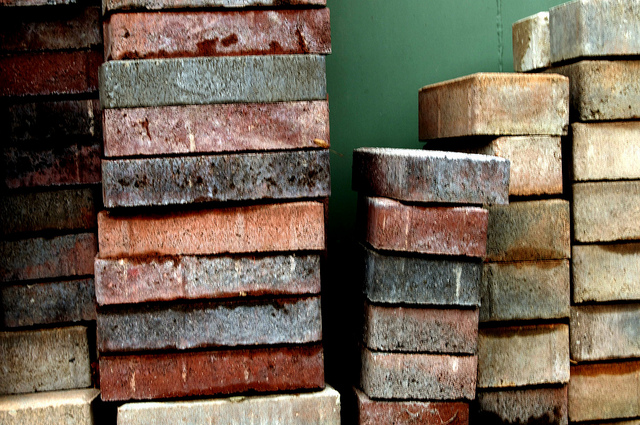3D printing has greatly influenced all the major industries. The developments that 3D printing has brought in the healthcare industry is remarkable, the way in which it has popularized the concept of customization in the jewelry and toy industry is impeccable, the list is never ending. The sector that now 3D printing has targeted is the construction industry, through there have been a lot of developments in various sectors with the help of this technology but the construction industry is still in the initial stages of accepting this 3D Printing.
A team at the Cornell University along with the Sabin Design Lab and Jenny Sabin Studio have developed a new kind of building material interlocking ceramic bricks that are not only light weight but also do not need mortar and are efficient use of materials. The team has named the project as the Polybrick project. The core team includes assistant professor of architecture Jenny Sabin with senior research associate Martin Miller, a visiting critic at Cornell; visiting lecturer Andrew Lucia; and Nicholas Cassab, B.Arch. ’14.
Sabin says, “PolyBrick is the first mortarless, 3D printed wall assembly. It will allow for the production of ceramic wall assemblies that are robust and high strength due to the novel implementation of highly complex and organic generative design strategies that are also simply and economically produced. 3D printing allows us to build and design like nature does, where every part is different, but there is coherence to the overall form at a global scale.
These bricks have tapered joints similar to the ones that are used in woodworking and since these bricks are tapered they can be used in wall works in order to maximize the strength of the wall. In a joint statement issued by Sabin and Miller, the duo said, “Each brick/component has an embedded intelligence at both the local and global scales. At the local scale, there are geometric manipulations and exchanges built into the algorithms connecting components with their adjacent neighbors. Within this algorithm, there is also a global awareness of the components’ orientation in Euclidean space. This awareness allows this aggregative system to implement proper taper angle to ensure gravity will lock the bricks in place.”
There is minimal wastage in the production of 3D printed bricks and an entire building can be constructed using a single material. Sabin said, “I started working with 3-D printing in 2009 when we were able to purchase our first ZCorp 510 powder-based printer. It was the largest powder-based printer in the market at the time. I was interested in using the printer to rapid manufacture non-standard parts for larger architectural assemblies instead of representational models. To our knowledge, we were the first to do this.”
The other perks connected with these bricks is that they are cost effective building material as they are considerably lighter and use less raw materials than the traditional bricks. According to the research paper of the team titled “PolyBrick: Variegated Additive Ceramic Component Manufacturing”- “Industrial and technological advances have shown us that ceramic production can be manual, mechanical and now digital,” using CAD/CAM to automate design and fabrication. “The plastic nature of clay offers a potent material solution to contemporary generative design processes in architecture, which frequently feature organic and natural forms of increasingly complex expression and ornamentation.”
Image Credit: marc falardeau (flickr handle: 49889874@N05)
